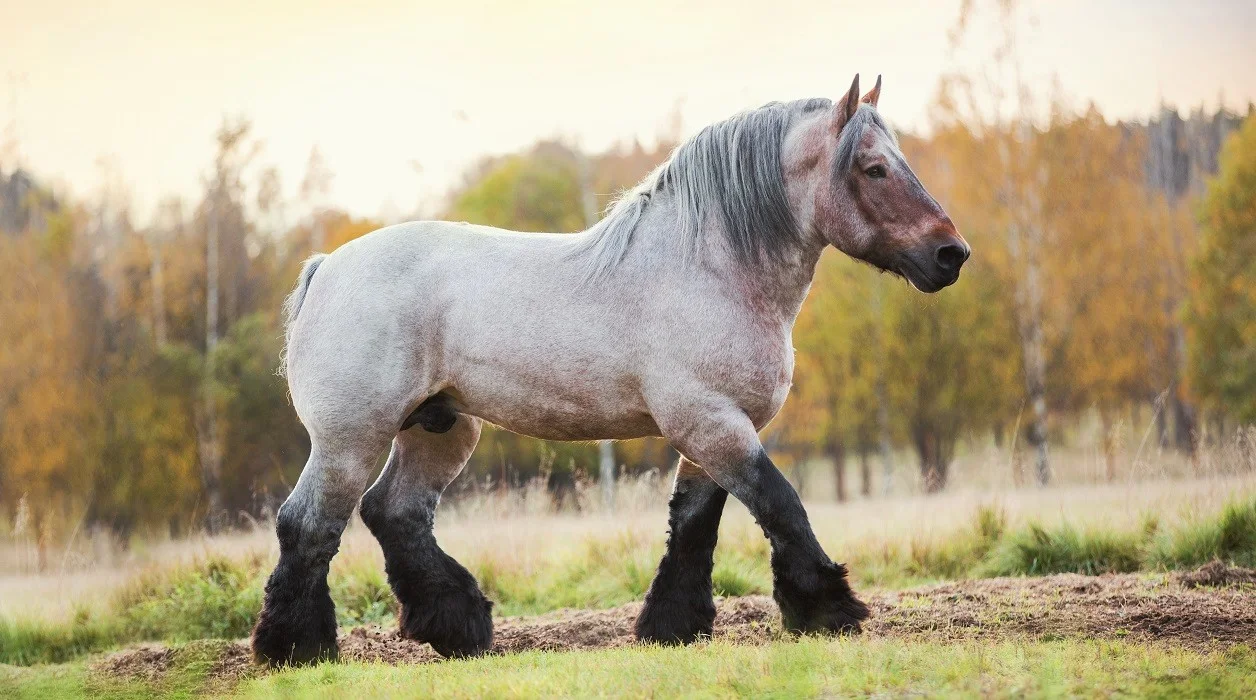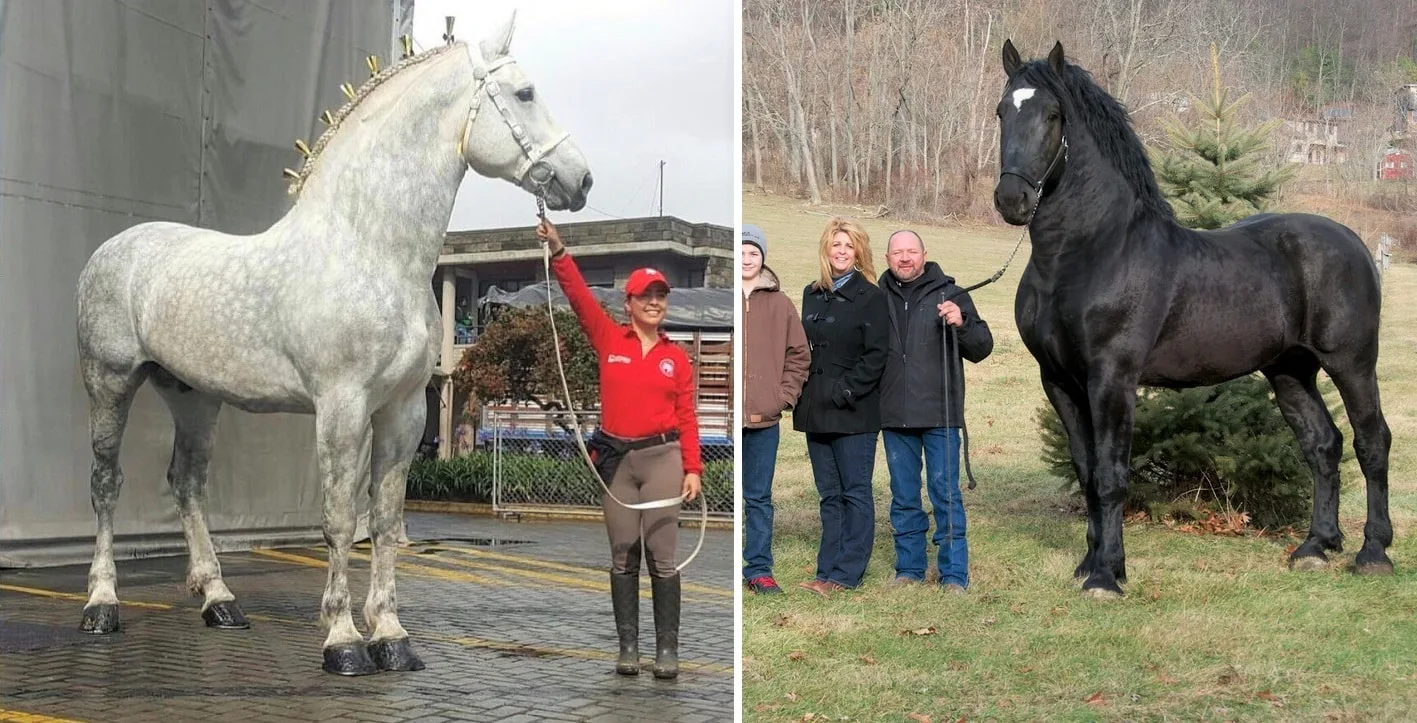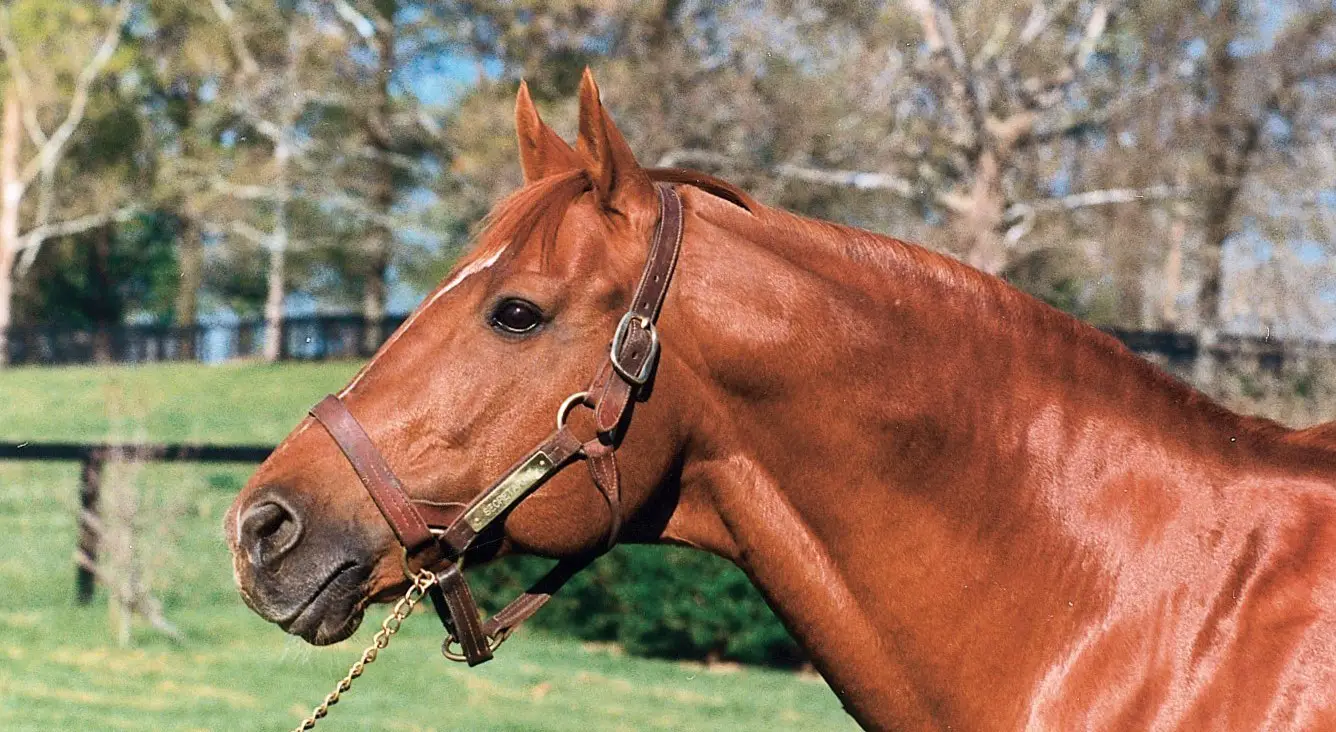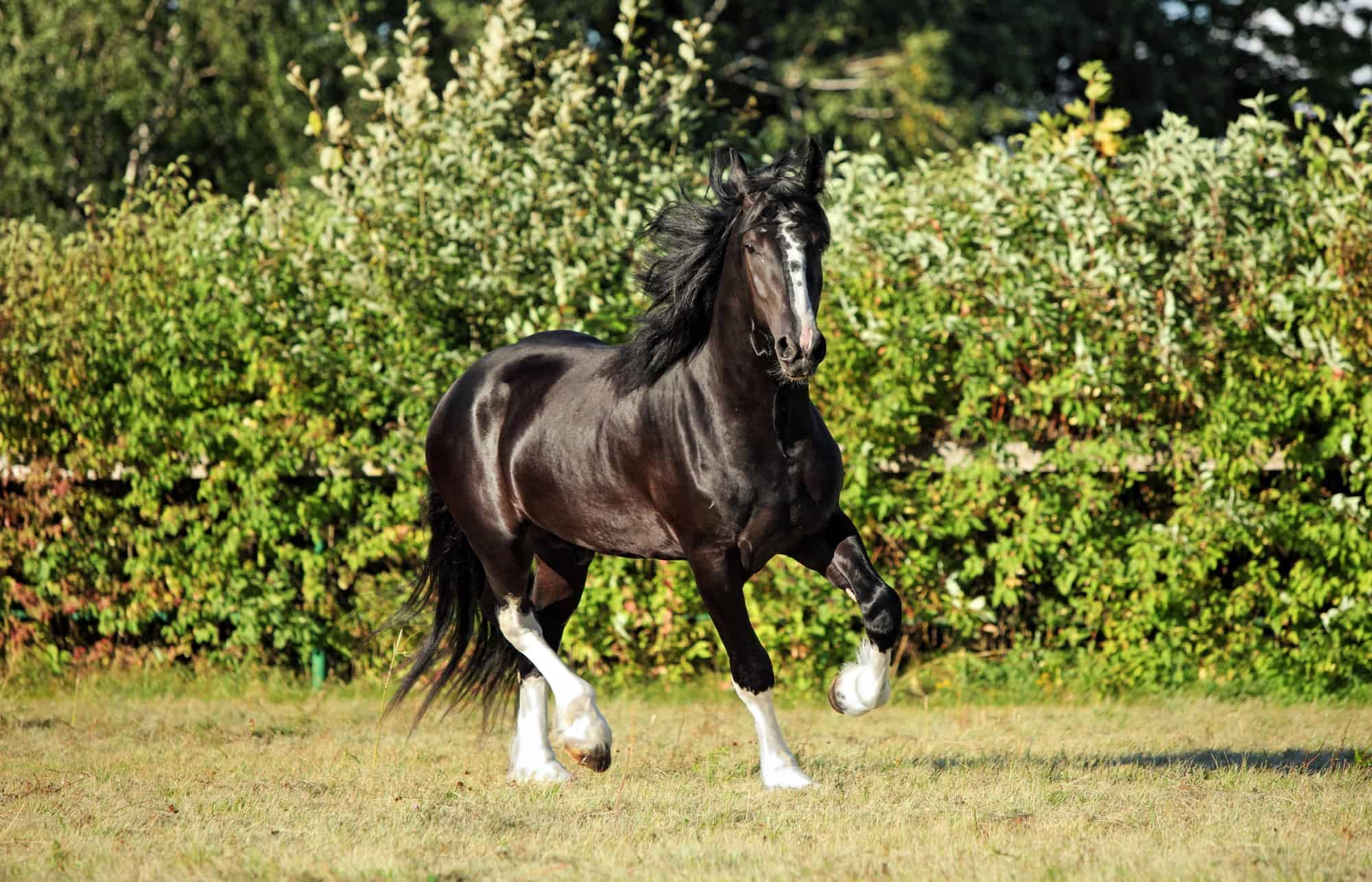In the equine world, giant horse breeds stand with a dignified presence, capturing the hearts of horse enthusiasts everywhere. Known for their impressive size and strength, these breeds are often referred to as the titans of the horse family. But what exactly constitutes these gentle giants, and how do they differ from their lighter counterparts?
Characteristics of Giant Horse Breeds
The defining traits of large horse breeds include towering height and considerable mass, which contribute to their formidable appearance. These breeds typically possess a calm and docile temperament, making them well-suited for work that requires patience and endurance. Their muscular build and strong legs enable them to perform heavy-duty tasks with relative ease.
The Role of Heavy Horses in History
Throughout history, heavy horses have played a critical role in agriculture and transportation. Before the advent of mechanized vehicles, farmers and tradesmen relied on the raw power of these animals to plow fields, haul goods, and even carry soldiers into battle. Their contribution to human civilization cannot be overstated, and their legacy continues to endure in various facets of modern society.
Meet the Gentle Giants: The Largest Draft Horses

Among the ranks of draft horses, certain breeds are renowned for their exceptional size. These gentle giants have been selectively bred over centuries to optimize their strength and durability for labor-intensive tasks.
The Majestic Shire Horse
The Shire horse, a breed originating from England, stands as a towering figure in the draft horse community. With a history that traces back to the medieval times, Shires have notably large hooves and feathering around their legs. This breed holds the record for the tallest horse, showcasing their grandeur in stature.
The Iconic Clydesdale
Originating from Scotland, the Clydesdale is another iconic breed within the draft horse category. Known for their distinctive white markings and feathered fetlocks, Clydesdales have a striking appearance that has made them a favorite in parades and commercials, symbolizing strength and beauty.
The Strong Belgian Horse
The Belgian horse, known for its robust build, hails from the country of Belgium. These horses are recognized for their incredible strength and were once used to carry knights into battle. Today, they still impress with their muscular physique and gentle demeanor.
The Powerful Percheron
The Percheron, with origins in France, is known for its versatility as a draft horse. They have a broad chest and strong limbs, suitable for various types of work. Percherons are also known to have a more energetic temperament compared to other draft breeds.
Other Notable Large Horse Breeds
- The Suffolk Punch from England, known for its chestnut coat and compact, powerful body.
- The Norwegian Fjord, one of the world’s oldest breeds, recognized by its distinctive dun color and zebra-like stripes.
- The American Cream Draft, the only draft breed developed in the United States, known for its cream color and amber eyes.
What Makes a Horse Cold-Blooded?

Cold-blooded horses, a term often associated with draft breeds, refers to more than just their ability to withstand cooler climates. It also alludes to their temperament and physiological characteristics.
Understanding Cold-Blooded Horses
Cold-blooded horses are so named not for their internal body temperature but for their calm and steady nature. These breeds are typically larger and have a slower metabolism compared to hot-blooded breeds, which include thoroughbreds and Arabians known for their agility and speed.
Temperament of Cold-Blooded Horse Breeds
The temperament of cold-blooded horses is one of their most cherished characteristics. They are renowned for their patience, gentle nature, and willingness to work, which makes them ideal for tasks requiring a steady hand or for therapeutic riding programs.
Caring for Large Horse Breeds

While giant horse breeds may be robust and hardy, they require specific care and attention to maintain their health and well-being. Owners and caretakers must be mindful of their unique needs due to their size.
Nutritional Needs of Heavy Horses
Due to their mass, heavy horses have substantial nutritional requirements. A balanced diet rich in fiber, vitamins, and minerals, combined with adequate hydration, is essential to sustain their muscular build and energy levels.
Grooming and Maintenance
Grooming these colossal creatures is not only a matter of cleanliness but also of health. Regular brushing helps prevent skin conditions, while care of their hooves is crucial to avoid lameness or other foot-related issues.
Exercise and Training for Draft Horses
Despite their size, draft horses need regular exercise to prevent obesity and to keep their joints healthy. Training should be consistent and tailored to the individual horse’s capabilities, taking into account their physical limits and mental well-being.
The Cultural Significance of Draft Horses

Draft horses have left an indelible mark on cultures worldwide, with their influence seen in various sectors from agriculture to the arts.
Draft Horses in Agriculture and Industry
Historically, draft horses were the engine of the farm, crucial for plowing fields and transporting crops. In industry, they powered the movement of goods, becoming synonymous with early commerce and trade.
Modern Roles of Large Horse Breeds
Today, while their role in agriculture has diminished with the rise of machinery, draft horses still participate in shows, parades, and therapeutic riding programs, showcasing their versatility and enduring appeal.
FAQs About Large Horse Breeds

Many questions arise when discussing these impressive animals. Let’s address some of the most common inquiries.
What is the largest horse breed in the world?
The Shire horse is often recognized as the largest horse breed globally, with some individuals reaching over 19 hands in height and weighing over 2,000 pounds.
Are large horse breeds good for beginners?
Despite their size, many large horse breeds are known for their calm demeanor, making them suitable for beginner riders. However, their care and handling require knowledge and experience due to their physical demands.
How much do giant horse breeds weigh?
Giant horse breeds typically weigh between 1,600 to 2,400 pounds, though this can vary based on the breed and individual horse.
Can draft horses be used for riding?
Yes, draft horses can be ridden. They are often used for trail riding and therapeutic horsemanship programs due to their steady nature.
Conclusion

If you’re captivated by the majestic world of equines, you might be curious about the various aspects that define these magnificent creatures. For those wondering about larger breeds, our article on what the big horses are called will provide you with detailed information. Additionally, for more specific insights, you can explore our resources on the different aspects of horses, such as our article on what black horses are called, the composition of their hooves in our piece about what horse hooves are made of, and the terminology used for a group of these animals in our article on what a group of horses is called. Each of these articles is designed to enhance your knowledge and appreciation for horses.
Preserving the Legacy of Gentle Giants
The enduring legacy of large horse breeds is a testament to their impact on human society. These gentle giants continue to captivate us with their strength, grace, and kind spirits. Preserving their heritage and ensuring their well-being is not just an act of care — it’s a tribute to the history they carry and the future they will inspire.



